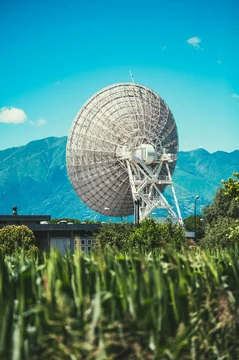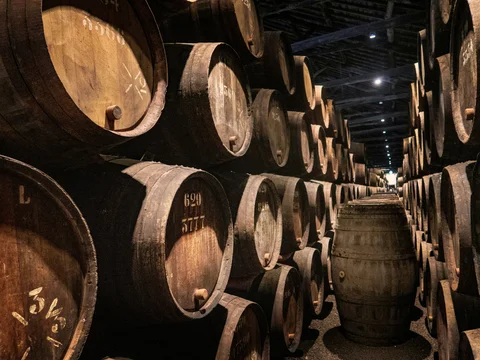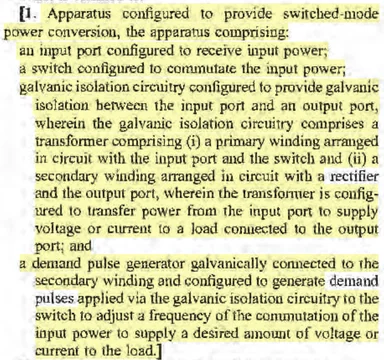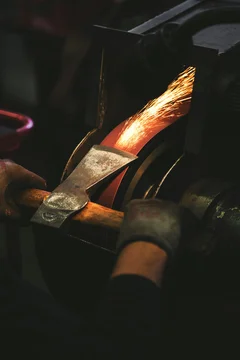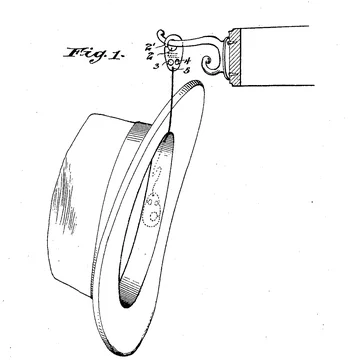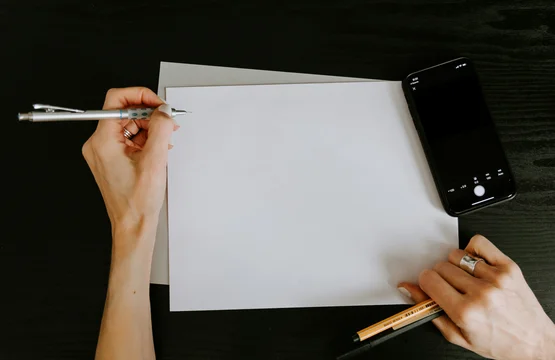Drafting a proposed order can be a fraught exercise. It's easy to leave off some portion of the relief you really want, and then face a later argument that its been waived. That's why you'll often see proposed orders that just make anodyne statements that the motion is granted.

But a well-drafted proposed order can be a source of great power as well. Such was the lesson of Yesterday's opinion in Attentive Mobile Inc. v. Stodge, Inc., d/b/a/ Postscript, C.A. No. 23-87-CJB, D.I. 728 (D. Del. Aug. 14, 2025) (Mem. Order).
Postscript moved for summary judgment "ON ATTENTIVE’S CLAIMS OF INFRINGEMENT OF THE ʼ887, ʼ897, AND ʼ074 PATENTS." Judge Burke ultimately granted the motion, at which point the parties disputed whether the motion encompassed claims for induced infringement, or only direct infringement.
Judge Burke found that the motion covered both, citing the unequivocal statements in the proposed order Postscript sought "entry of judgment in Postscript's favor that US Patent Nos. [whatever] are not infringed."
In the Court’s view, this language—i.e., language asserting that the Motion was putting at issue all of Attentive’s “claims of infringement”—was important. There are various ways that an accused infringer in a patent litigation can be said to have engaged in “infringement” of a patent: e.g., via direct infringement, indirect infringement (which includes induced infringement, at issue here, and contributory infringement), joint infringement and/or willful infringement. If an accused infringer files a motion that facially seeks summary judgment on all of the patentee’s “claims of infringement” against it—and if in that case the patentee has a claim of induced infringement—then the patentee should be on alert that its induced infringement claim is among the “claims of infringement” that is being put at issue by that motion.
Id. at 2-3 (internal citations omitted).
The Court also went on to ...


